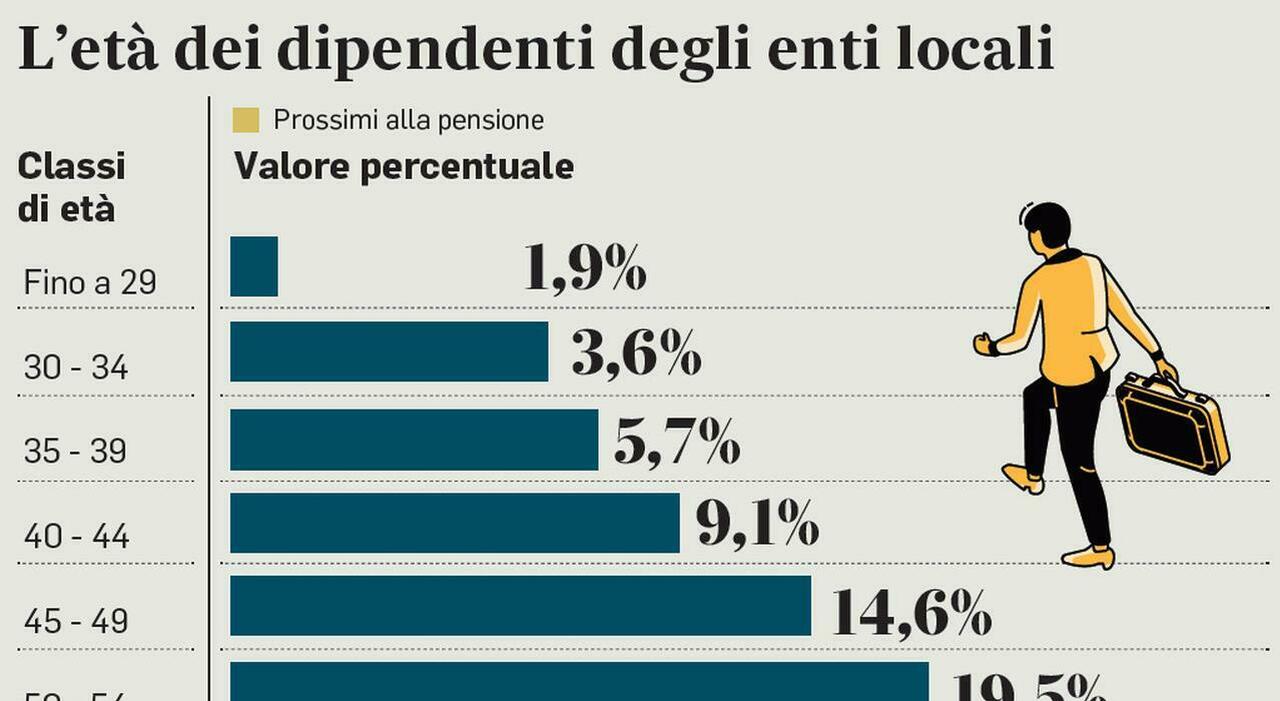
Introduction
The Skilled Worker Visa is a vital part of the UK’s immigration system, designed to attract talented professionals to fill skill shortages in various sectors. With ongoing changes aimed at responding to labour market demands post-Brexit, understanding these immigration rules is essential for both potential immigrants and employers looking to navigate this increasingly complex landscape.
Overview of the Skilled Worker Visa
The Skilled Worker Visa allows individuals from outside the UK to come and work in an eligible job with an approved employer. To qualify, applicants must meet specific criteria, which include having a job offer, a defined skill level, and a minimum salary threshold. As of 2023, the minimum salary requirement is £26,200 per year or the ‘going rate’ for the job, whichever is higher. The visa is valid for up to five years, after which workers can apply for indefinite leave to remain.
Recent Changes to the Immigration Rules
In September 2023, significant adjustments were made to the Skilled Worker Visa rules to further streamline the process and address skill shortages in key industries, such as healthcare and technology. The points-based system now offers additional points for roles that are on the shortage occupation list, which can help lower the salary requirements for those positions. For instance, jobs in healthcare are often given priority, reflecting the ongoing demand for doctors, nurses, and other vital health professionals.
Employer Responsibilities
Employers play a crucial role in the application process as they must first be approved as a sponsor by the Home Office. They must also issue a Certificate of Sponsorship to the employee, detailing the job role and salary. This not only helps streamline the visa application but also ensures that employers are investing in the local economy by hiring foreign workers when there is a demonstrated skills gap.
Conclusion
The Skilled Worker Visa is pivotal for addressing the United Kingdom’s workforce challenges, particularly in sectors where skill shortages are most acute. As the immigration rules evolve, it remains critical for both employers and potential immigrants to stay informed about the latest requirements and processes. Looking ahead, ongoing revisions to these rules may continue to shape the landscape of UK immigration, reflecting the changing needs of the economy and workforce. For anyone considering a move to the UK for work, understanding these rules is not just beneficial—it’s essential.

